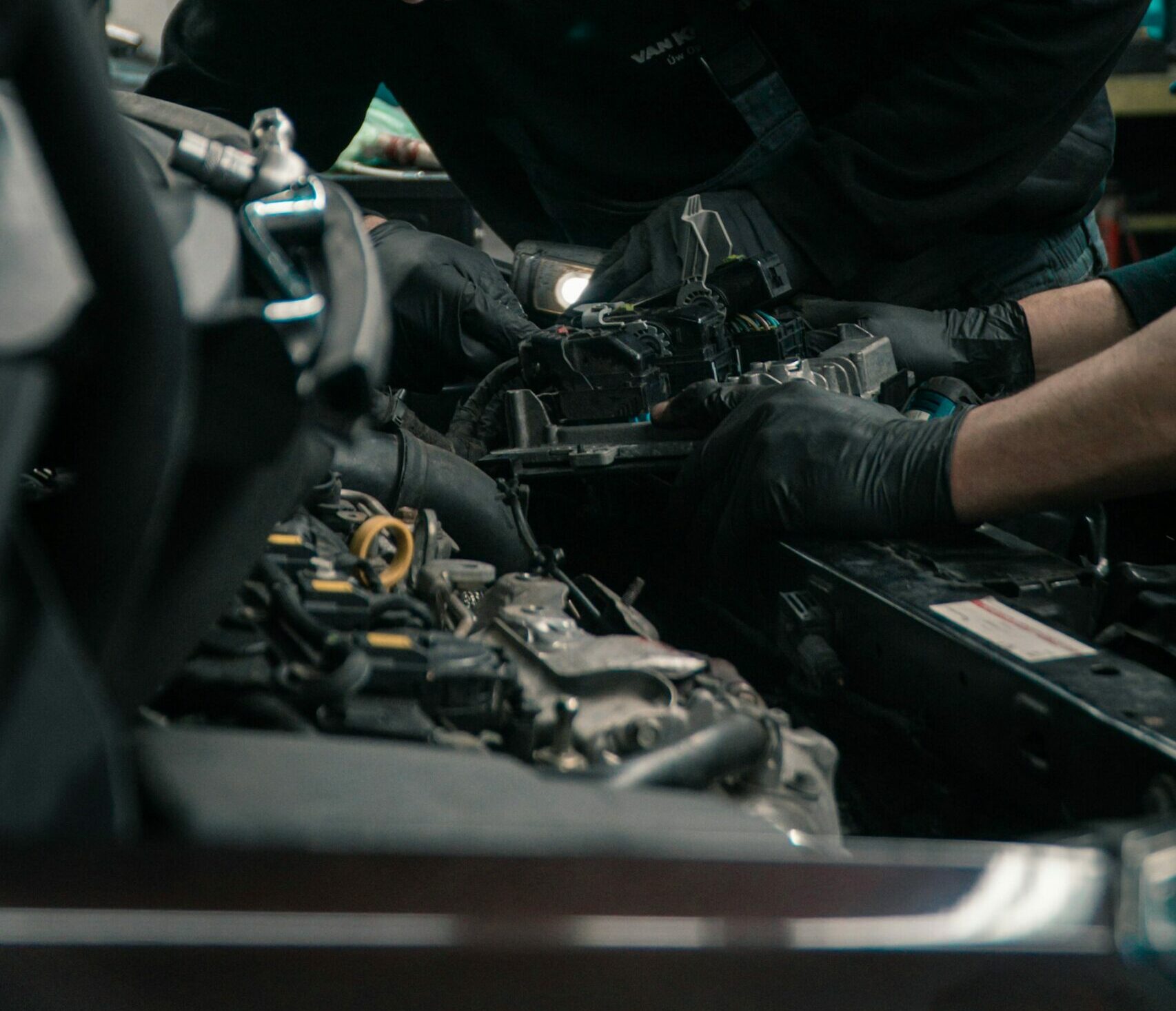A flat tire can be an unsettling experience, especially if it happens while you’re driving. Knowing how to handle the situation safely and efficiently can make a significant difference. Here’s a comprehensive guide on what to do if you experience a flat tire while driving.
Stay Calm and Stay Safe
The most important thing to remember is to stay calm. Panicking can lead to abrupt decisions that may jeopardize your safety. Here’s a step-by-step guide to ensure you handle the situation correctly.
Step 1: Recognize the Signs
Understanding the signs of a flat tire is crucial. You might notice:
- A loud flapping noise.
- Difficulty steering.
- The car pulls to one side.
- A vibration in the steering wheel.
If you experience any of these symptoms, it’s important to act quickly but safely.
Step 2: Don’t Brake Suddenly
Abrupt braking can cause you to lose control of the vehicle. Instead, take your foot off the accelerator and let the car slow down gradually. Use the brakes gently if needed.
Step 3: Steer to Safety
Safely guide your car to the side of the road. Aim for a flat, straight stretch of road away from traffic. If you’re on a highway, look for an emergency lane or a wide shoulder.
Step 4: Turn on Hazard Lights
Turn on your hazard lights as soon as you realize you have a flat tire. This alerts other drivers that you are having an issue and helps prevent accidents.
Step 5: Park Safely
Once you’ve found a safe spot, put your car in park and apply the parking brake. Turn off the engine and ensure you and any passengers exit the vehicle from the side away from traffic.
Step 6: Use Safety Equipment
If you have safety cones, reflective triangles, or flares, set them up behind your car to increase visibility. This is especially important if you are on a busy road or it’s dark outside.
Step 7: Gather Your Tools
You’ll need a few tools to change the tire. These typically include:
- A spare tire
- A car jack
- A lug wrench
- The owner’s manual (to locate and use the tools properly).
Most vehicles come with these tools stored in the trunk or under the rear cargo area.
Step 8: Loosen the Lug Nuts
Using the lug wrench, loosen the lug nuts on the flat tire. Do not remove them completely at this stage; just break the initial resistance. Turning the wrench counterclockwise should do the trick.
Step 9: Jack Up the Car
Consult your owner’s manual for the proper jack points to avoid damaging your car. Place the jack under the appropriate spot and raise the car until the flat tire is off the ground.
Step 10: Remove the Flat Tire
Finish unscrewing the lug nuts and carefully remove the flat tire. Place it under the car as a precaution while you work, in case the jack fails.
Step 11: Mount the Spare Tire
Align the spare tire with the wheel studs and push it onto the vehicle. Hand-tighten the lug nuts as much as possible.
Step 12: Lower the Car and Tighten the Lug Nuts
Lower the car slowly using the jack until the spare tire is just touching the ground. Then, use the lug wrench to tighten the lug nuts in a star pattern to ensure even pressure. Once all the nuts are tight, lower the car completely and remove the jack.
Step 13: Check the Spare Tire Pressure
Ensure the spare tire is properly inflated before you drive. If it’s under-inflated, drive slowly to the nearest gas station to inflate it to the recommended pressure.
Step 14: Visit a Professional
Remember, a spare tire is a temporary fix. As soon as possible, visit a professional tire shop to get a proper replacement or repair for the flat tire. If your flat tire was the result of someone else’s negligence, speak to an accident attorney like those in Chicago to discuss your case.
Preventing Future Flat Tires
While some flats are unavoidable, you can reduce the risk by:
- Regularly checking tire pressure
- Inspecting tires for wear and tear
- Avoiding driving over debris
- Rotating your tires as recommended
Experiencing a flat tire while driving can be daunting, but knowing how to handle it can make a big difference. By following these steps, you can ensure your safety and get back on the road quickly. Always prioritize safety and don’t hesitate to call for professional help if needed. Safe travels!







